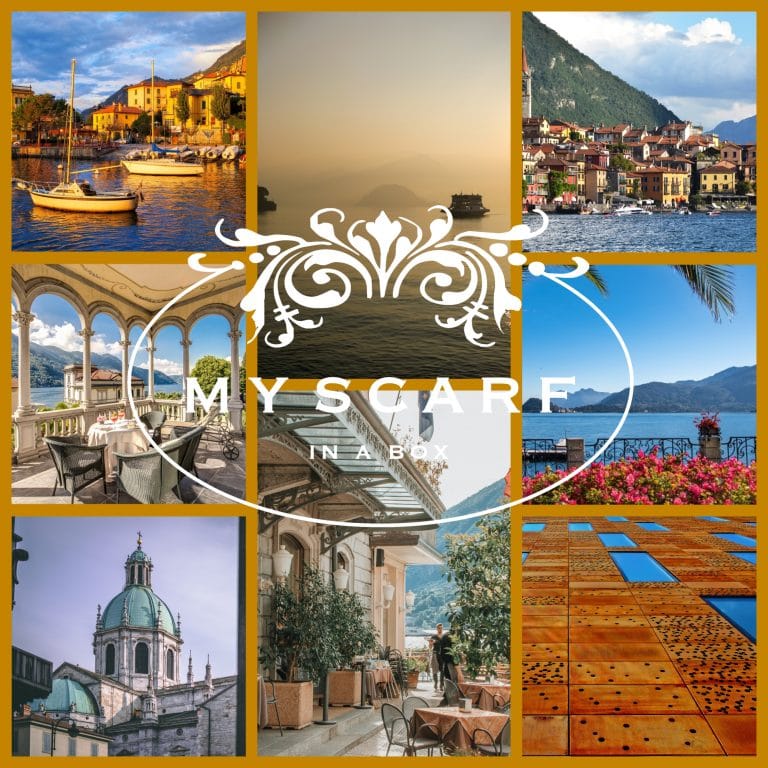Fruits of Agrigento: una sciarpa Nella Valle Degli Dei
Agrigento, in siciliano Giurgenti, fu fondata intorno al 580 a.C. da popoli di origine rodio-cretese
Numerosi popoli si sono insediati sul territorio della città, lasciando tracce profonde nella sua storia millenaria e nella sua cultura.
Il poeta greco Pindaro in una sua lirica definiva Agrigento la più bella tra le città costruite dagli uomini. Era il V secolo a.C. e, in effetti, l’allora colonia greca in Sicilia stava vivendo il suo momento di massimo splendore, prima del declino avviato dall’inizio delle Guerre Puniche.
Agrigentum è il nome latinizzato della città, conquistata dai Romani durante le guerre con Cartagine. Successivamente la città fu dominata dagli Arabi, sotto cui rimase fino alla conquista dei Normanni nel 1089 d.C.
Famosa in tutto il mondo per i templi dorici che sorgono nella campagna assolata della cosiddetta Valle dei Templi, patrimonio dell’umanità UNESCO dal 1997, Agrigento ha anche dato i natali a Luigi Pirandello, oltre che ai contemporanei Leonardo Sciascia e Andrea Camilleri.






